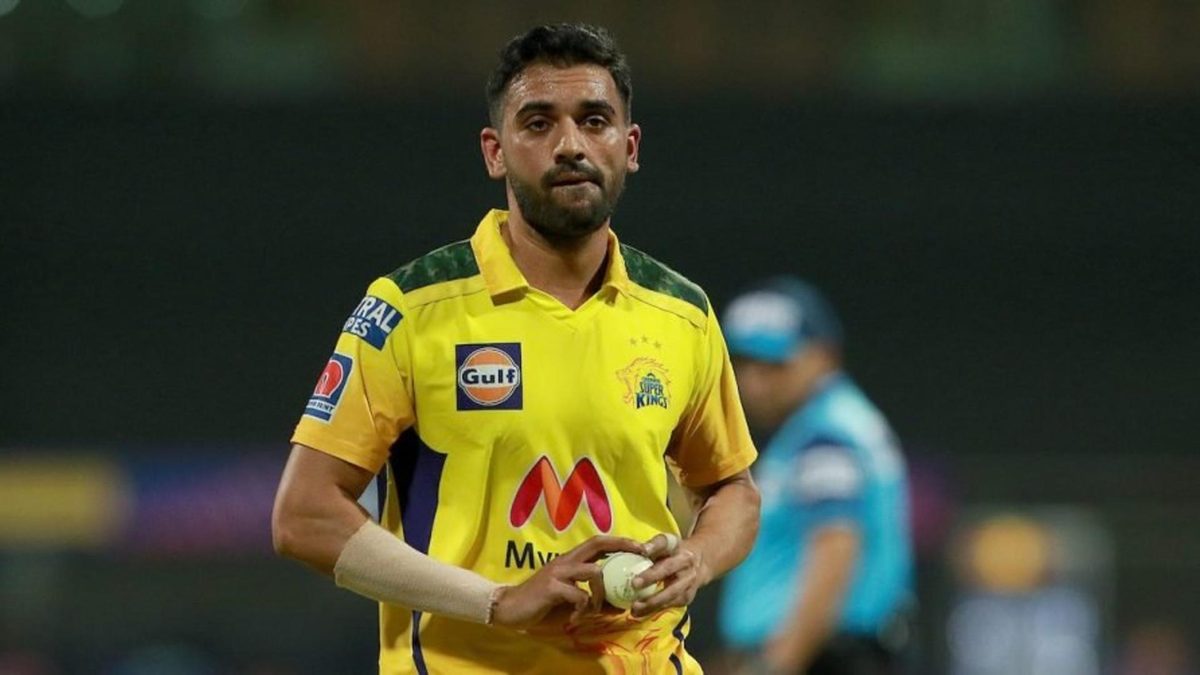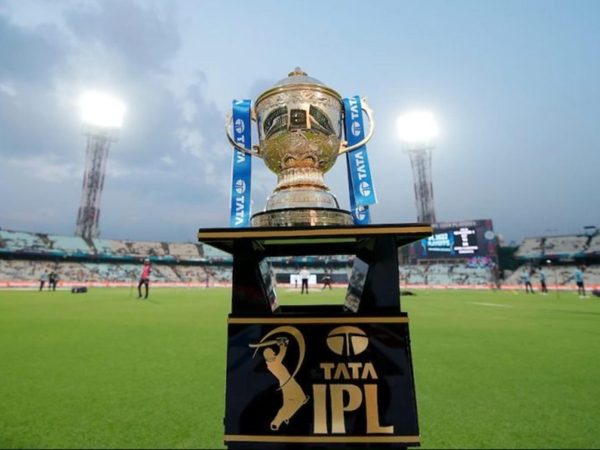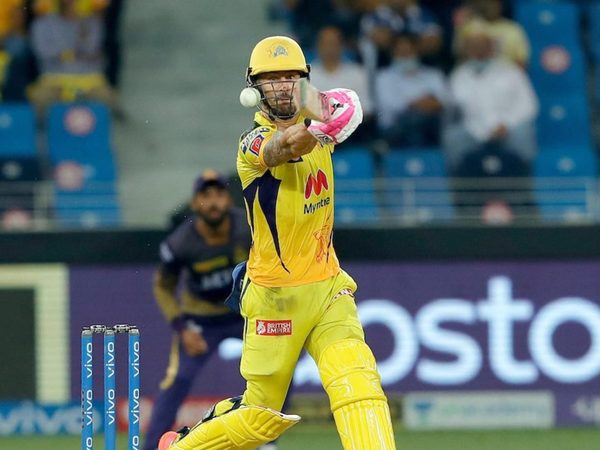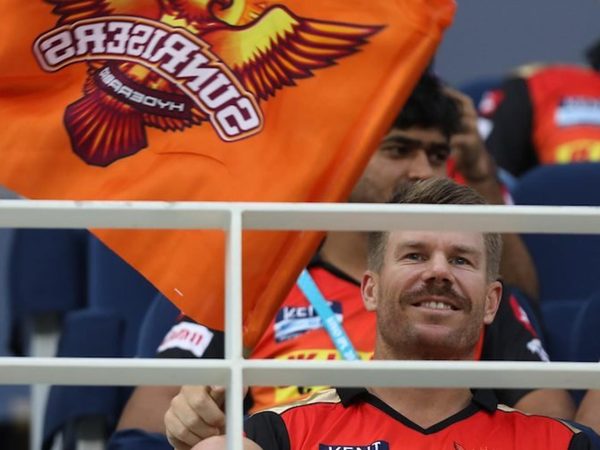
India decided to trust the experienced trio of Jasprit Bumrah, Bhuvneshwar Kumar and Mohammed Shami for the T20 World Cup, leaving behind Deepak Chahar, arguably their finest T20 prospect, in the standby list. His recent form suggests that a spot in the main unit was deserved, writes Aadya Sharma.
A cursory glance at India’s T20 World Cup squad makes for pretty good reading – the top order has an array of power-hitters and anchors, the spin attack is as deep as it can get, and the pace attack is laden with experience. T20 teams don’t really run by experience on paper though, and a closer inspection of the seam options makes one wonder if there’s one quick too few.
Jasprit Bumrah, Bhuvneshwar Kumar and Mohammed Shami all have their own merits when it comes to T20 cricket. However, it’s an attack that seems to lack much novelty and spice: vague-sounding elements that help you stand out in a format as volatile as this when safe bets don’t always materialise into favourable results.
It came a surprise to many that Deepak Chahar, arguably India’s brightest new T20 prospect in the last few years, was consigned to the standby list. In other departments, India had brought in enough fresh flavour, but the three-man pace attack promises more of a conservative, holding approach than an out-and-out wicket-taking one, and Chahar has already made a name for himself in the latter segment.
Just ten bowlers have taken 40+ Powerplay wickets in IPL cricket. Of those ten bowlers, none have a better strike rate than Deepak Chahar (21.9). #IPL2021 #CSKvSRH
— The CricViz Analyst (@cricvizanalyst) April 28, 2021
Since the start of 2016 (also the last time the T20 World Cup was held), Chahar is one of only three bowlers to take 50 or more wickets in powerplays (behind Mohammad Amir and David Willey). Armed with swing that viciously deviates both in and away, Chahar deftly clogs the run flow in the initial overs, hitting testing lengths that force batsmen to riskily play at deliveries.
Once he hits the right zone (and it happens pretty often), Chahar is difficult to suppress, and often runs away with wickets in bursts. He showed that during his spell of 6-7 against Bangladesh in 2019 (which included a hat-trick), the best figures ever in men’s T20Is, but he’s done well since to ensure it wasn’t a one-off performance. Since 2018, the year he joined Chennai Super Kings, Chahar has taken at least 10 wickets every season, and has taken 41 IPL wickets in powerplays since, comfortably the most by anyone, and well ahead of Trent Boult, second best with 26.
On recent form too, Chahar stands tall among his peers. In IPL 2021, he has already taken two four-wicket hauls. In the first game of the edition’s second leg, Chahar, once again, displayed his class, splitting open Mumbai Indians’ top order in a 157-run chase with a top-notch new-ball spell. At one point, his figures read 3-0-9-2. These are gold numbers in the format. For Chahar, they’ve become a regular feature.
In the early phase of his career, many felt that Chahar was considered a one-trick pony, with only natural swing with the new ball to operate with. After a tight opening spell, some of Chahar’s hard work would go away due to expensive numbers at the death, when his hard lengths would turn into easy hitting fodder for batsmen.
Since the start of 2016, Deepak Chahar has taken 60 wickets in the first six overs of the innings. No seamer in T20 cricket has taken more wickets than him in this phase. #IPL2021
— The CricViz Analyst (@cricvizanalyst) April 16, 2021
However, Chahar has evolved to bring subtler pace changes in his arsenal and has also developed a brutal yorker that bodes well for him in the final overs. The trait is even more crucial to have, for Bhuvneshwar, India’s trusted death-bowling exponent, has worryingly struggled of late, making it imperative for one of the others to step in so close to such a big tournament.
The merit of having a relatively small pace attack lies in the slow, low conditions of the T20 World Cup venues – spin bowling will, no doubt, play a vital role. However, there’s also enough evidence in suggesting that Chahar’s early swing, stifling lines, cutters and toe-crushing yorkers could have been employed at different stages of the innings, perhaps better than someone like a Shami, who is a more one-dimensional bowler in the format.
Chahar isn’t the finished product yet, but continues to evolve, with the promise to turn into a more complete bowler as he gets better. It’s tournaments like these that can elevate a player to a different level, and Chahar’s skill-set and records scream for that chance. It’s a selection call that might not seem too big a gaffe, but if India’s first-choice trio fall short of expectations, India will rue keeping one of their finest T20 bowlers on the sidelines.








